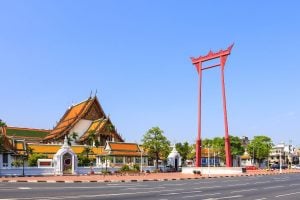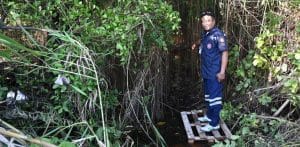Kok River contamination sparks fears in northern Thailand
Arsenic pollution threatens lifeline for local livelihoods and ecosystems
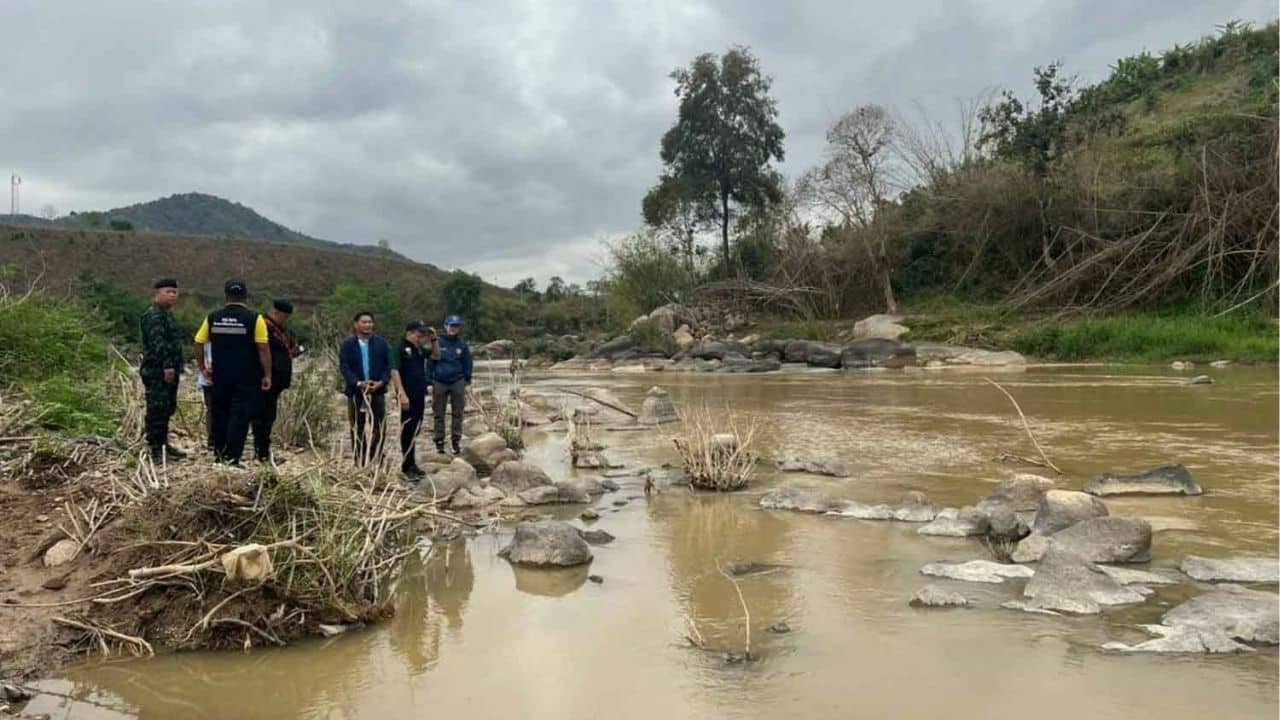
The Kok River, winding through the northern provinces of Chiang Mai and Chiang Rai before joining the Mekong River, has become a source of concern for residents who once depended on it for agriculture, fisheries, and tourism.
High concentrations of arsenic, a hazardous heavy metal, have been discovered, generating fear and uncertainty among those who rely on the river for water and sustenance.
In the quiet village of Ban Huai Kum, located in Chiang Rai’s Mueang district, 63 year old Supin Kamjai looks at her failing crops.
“We’ve stopped using river water,” Supin said, gesturing towards her wilting vegetables, “but what good does that do now?” Her hands, marked by years of farming, underline the gravity of the situation.
Boonchai Phanasawangwong, a community rights advocate, echoes the distress.
“Our children play in the river and now have red, itchy rashes. We don’t know if it’s from the arsenic but no one has come to check on us.”
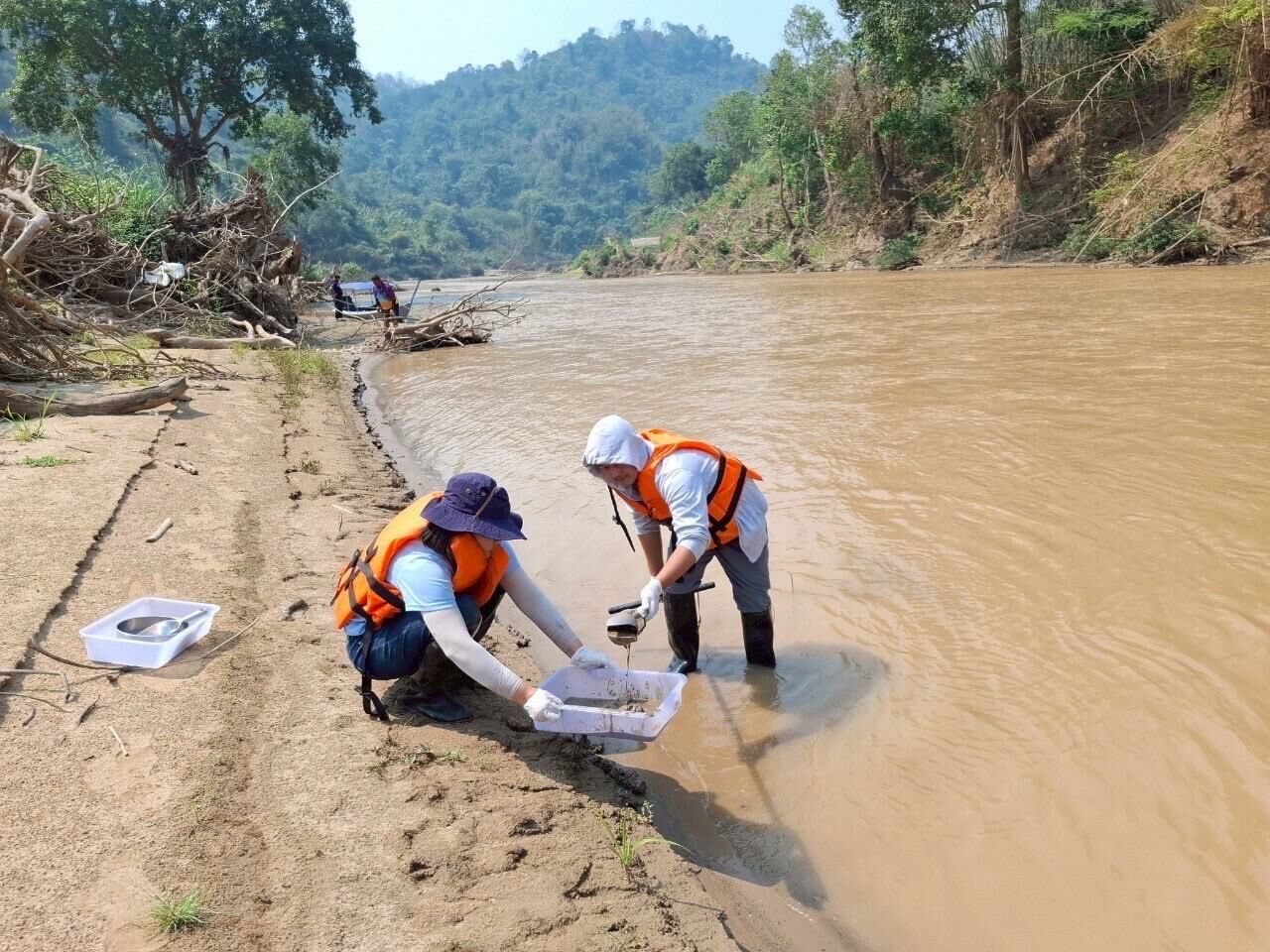
The issue emerged late last year when the river’s previously clear waters turned murky. By early 2025, tests confirmed significant arsenic contamination. In Mae Ai district, Chiang Mai, arsenic levels reached 0.026 mg/L, surpassing the safety threshold of 0.01 mg/L, and lead was measured at 0.076 mg/L, exceeding the limit of 0.05 mg/L.
Doctor Amporn Benjaponpitak, Director General of the Department of Health, confirmed the presence of arsenic and lead, warning of health risks such as skin rashes, diarrhoea, and long-term effects like skin cancer and neurological disorders.
The contamination is linked to upstream mining activities in Myanmar’s Shan State, near the river’s source. Environmentalists suspect operations at 23 gold mining sites lacking environmental impact assessments are responsible. Rain washes sediment, carrying arsenic and lead, into the river system entering Thailand.
Sen Cheewapap Cheewatham, chairman of the Senate Natural Resources and Environment Committee, highlights satellite imagery showing mining activities in Shan State. He urges the government to identify the source of the chemicals and resolve the issue swiftly, warning against a repeat of the Klity Creek lead contamination case in Kanchanaburi.
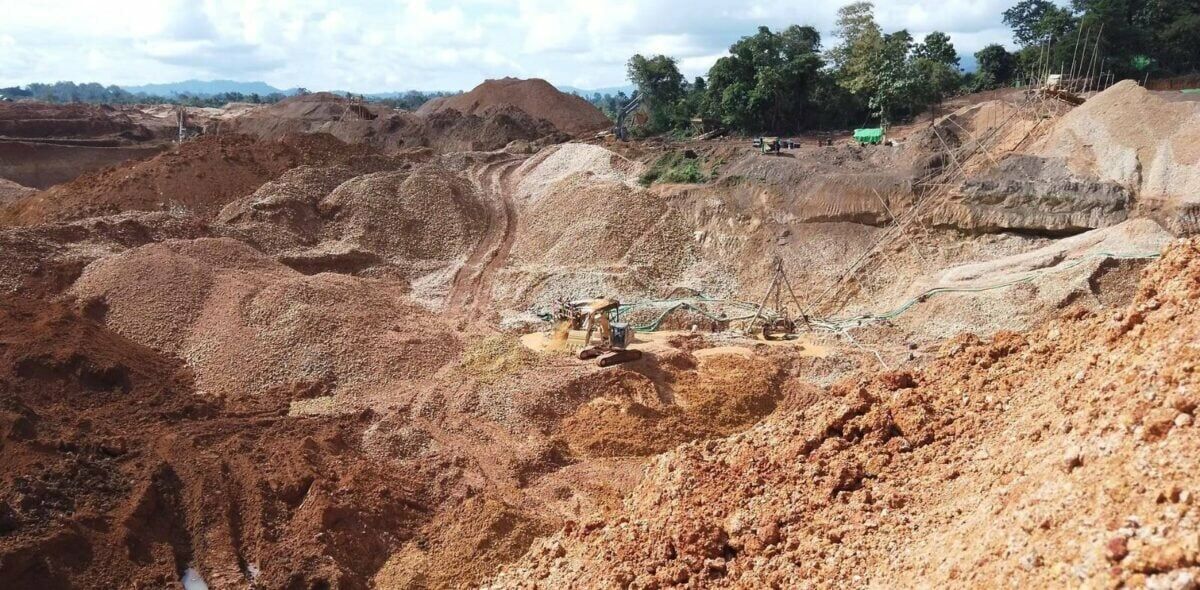
Suebsakul Kitnukorn of Mae Fah Luang University found arsenic levels exceeding standards in the Sai, Ruak, and Mekong rivers, with the highest at 0.19 mg/L. He stresses the risks of contamination spreading during floods and calls for continuous monitoring.
Arsenic, being colourless, tasteless, and odourless, poses a silent threat, leading to severe health issues with prolonged exposure. The Environmental and Pollution Control Office in Chiang Mai found alarming arsenic and heavy metal levels in river sediment samples.
The contamination impacts extend beyond health. The Karen Ruammit Elephant Camp, already hit by floods last year, has lost 80% of its visitors due to the arsenic scare. An elephant handler named Da mentions the drastic drop in income, with elephants being led into forests to forage.
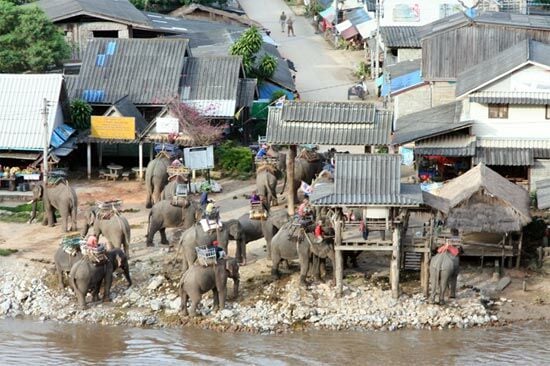
Farmers like 40 year old Thanet Maneekorn express distrust in groundwater safety. On April 30, residents from 13 communities in Chiang Rai petitioned the governor for immediate testing, clear communication, and medical screenings.
Thaweesak Maneewan, a community representative, stresses the need for clear government communication and action. Boonsri Panasawangwong, another community rights advocate, highlights the disruption to daily life caused by the river’s contamination.
In response to public pressure and scientific evidence, the government held an emergency meeting on April 30, chaired by Deputy Prime Minister Prasert Jantararuangtong. The meeting focused on inter-agency coordination and plans to address mining activities in Myanmar.
Deputy Minister of the Interior, Theerarat Samrejvanich, emphasised the need for collaboration with Myanmar to halt and improve mining practices. Residents, who have depended on the river for generations, are united in their call for clean water and a solution to restore the river’s vitality, reported Bangkok Post.
The Kok River continues its course, yet the battle to preserve its integrity has just begun.
Latest Thailand News
Follow The Thaiger on Google News:



